Classical Curriculum
Literature
Students read the “good books” in Lower School (Jungle Book, Wind in the Willows, Anne of Green Gables) so they will be ready for the “great books” in high school (The Iliad, Macbeth, Moby Dick, Crime and Punishment). Great literature is the playground where students exercise their moral imagination.
Starting in 3rd Grade, students keep their books so that by the time they graduate, they will amass a library of over 50 books!
In high school, students study literature chronologically beginning with Ancient Literature in 9th Grade, Medieval and British in 10th, American in 11th, culminating with Modern Literature in 12th Grade.
Literacy
From Kindergarten to 3rd Grade, students learn and master the 72 phonograms of English using the Orton-based Literacy Essentials series. Students listen, say, and write each phonogram repeatedly until they can read accurately and fluently.
Students at NOCA also learn 47 different spelling rules that help them combine phonograms in correct writing. Because English is a mixture of several languages – principally Anglo-Saxon, German, French, and Latin – students must learn explicit rules to make sense of English’s variety and richness.
This curriculum, which requires students to hear, to say, and to write phonemes at the same time, develops habits of care, neatness, and patience from an early age.
Paper and Pencil
Handwriting
Students use pencil and paper learning to write letters with different strokes (tall line, short line, dash, and clock strokes).
Cursive
In 3rd Grade, students begin to learn how to write cursive and why it is important, especially for taking notes quickly but neatly.
Textbooks and Note-Taking
In the higher grades, students continue to use physical textbooks, notebooks, and write notes by hand.
Grammar & Composition
From 3rd Grade to 6th Grade, students learn the rules of grammar and syntax using the Well-Ordered Language series.
From 4th Grade to 8th Grade, students learn how to write clearly and effectively using the Institute for Excellence in Writing’s Structure and Style series.
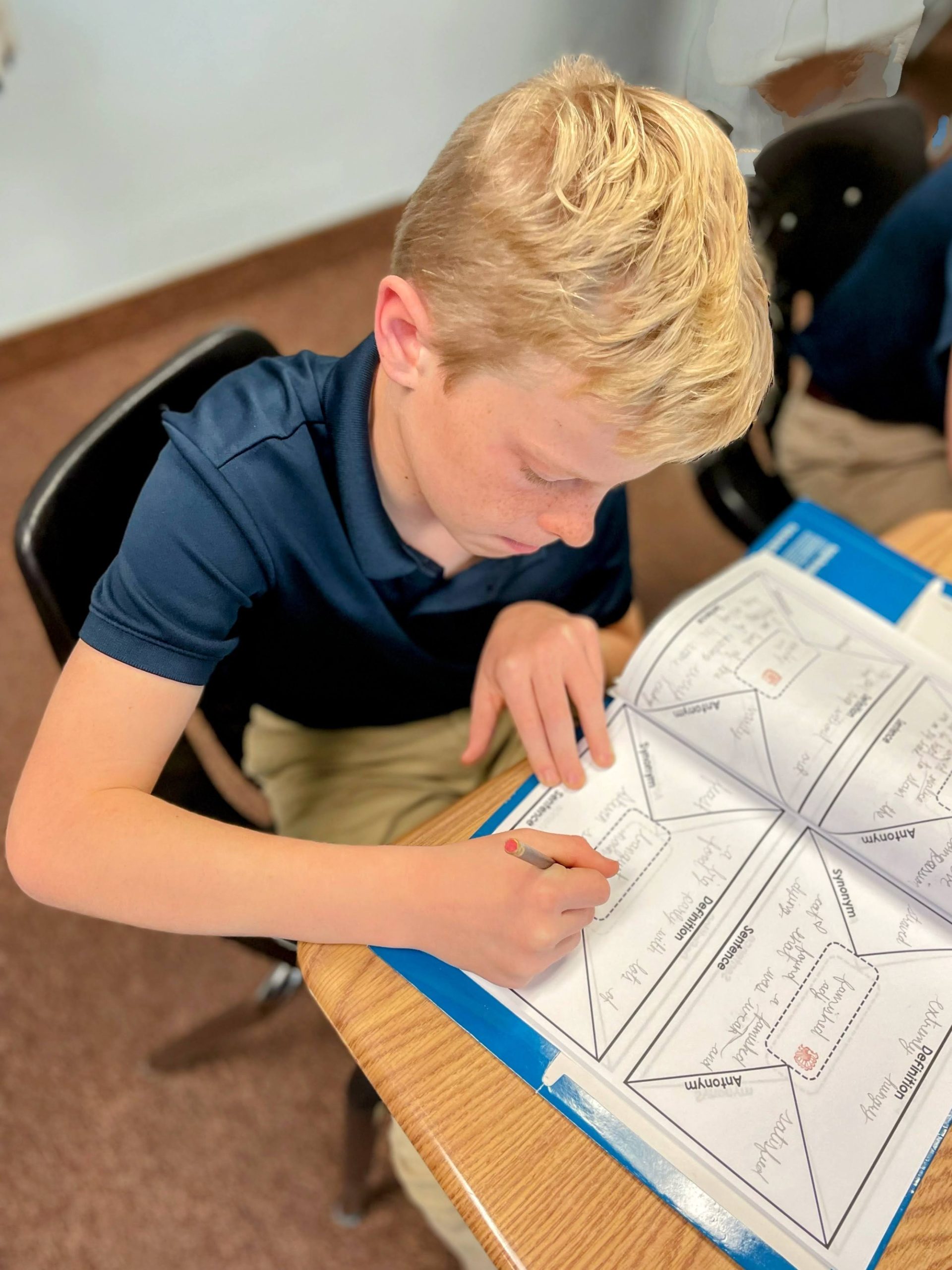
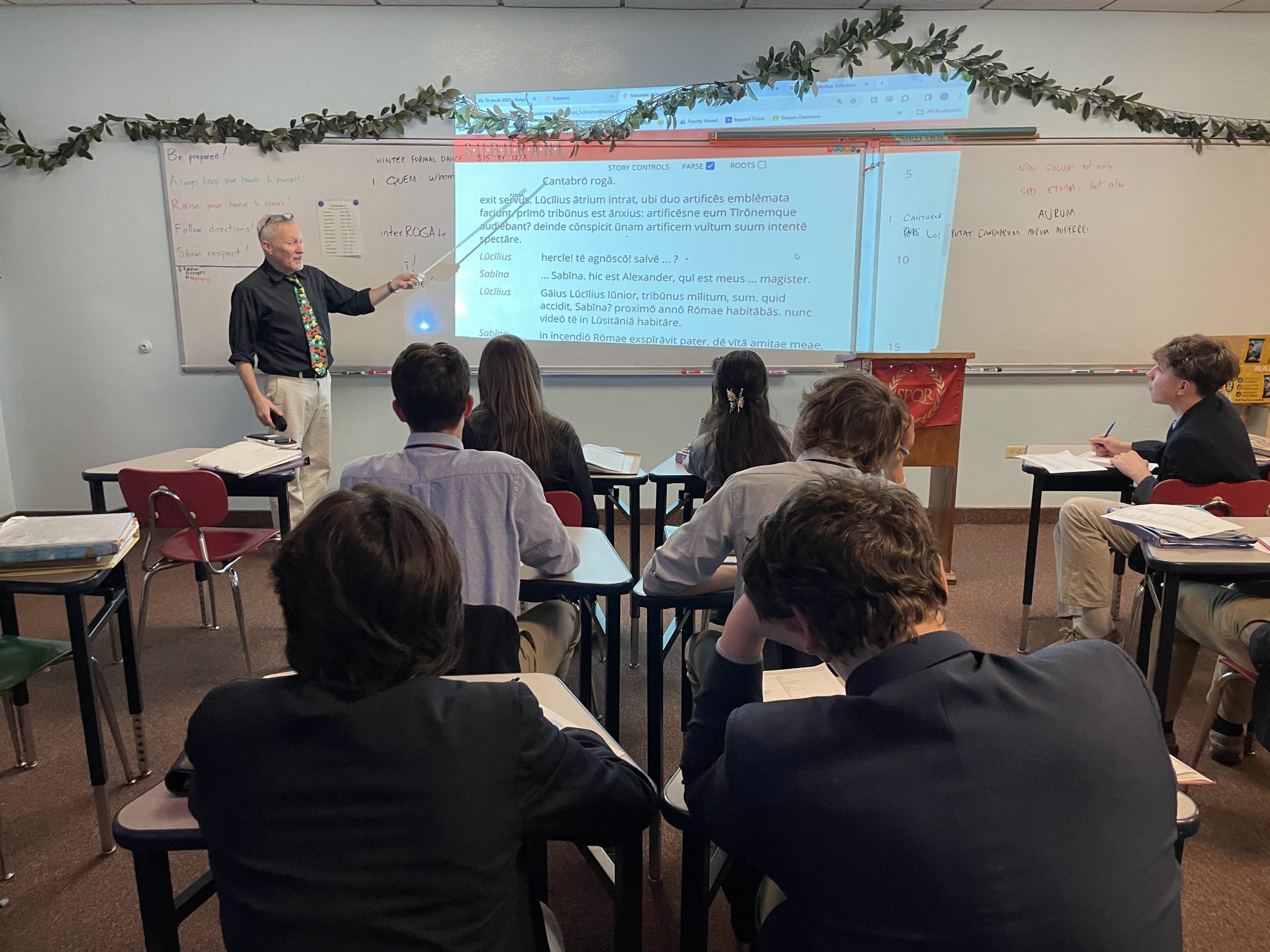
Latin
Students are introduced to Latin roots as they learn word-families in Literacy Essentials.
In 6th Grade, students have Latin class every other day; in 7th Grade and beyond, Latin is every day using the Suburani series.
Students begin earning high school language credits in 7th grade, and can continue on through Latin V in high school.
Music
K-8 students learn music every other day, where they encounter masterpieces that align with what they are reading in history and literature.
Through intentional effort, teachers help students cultivate a positive affinity for the beautiful works of music that captivate their hearts, minds and souls. Students perform in two concerts every year.
In Junior High, students have the opportunity to learn an instrument in Beginning Band or join the choir.
High school students have abundant opportunities to continue their music and art through Band and Choir.
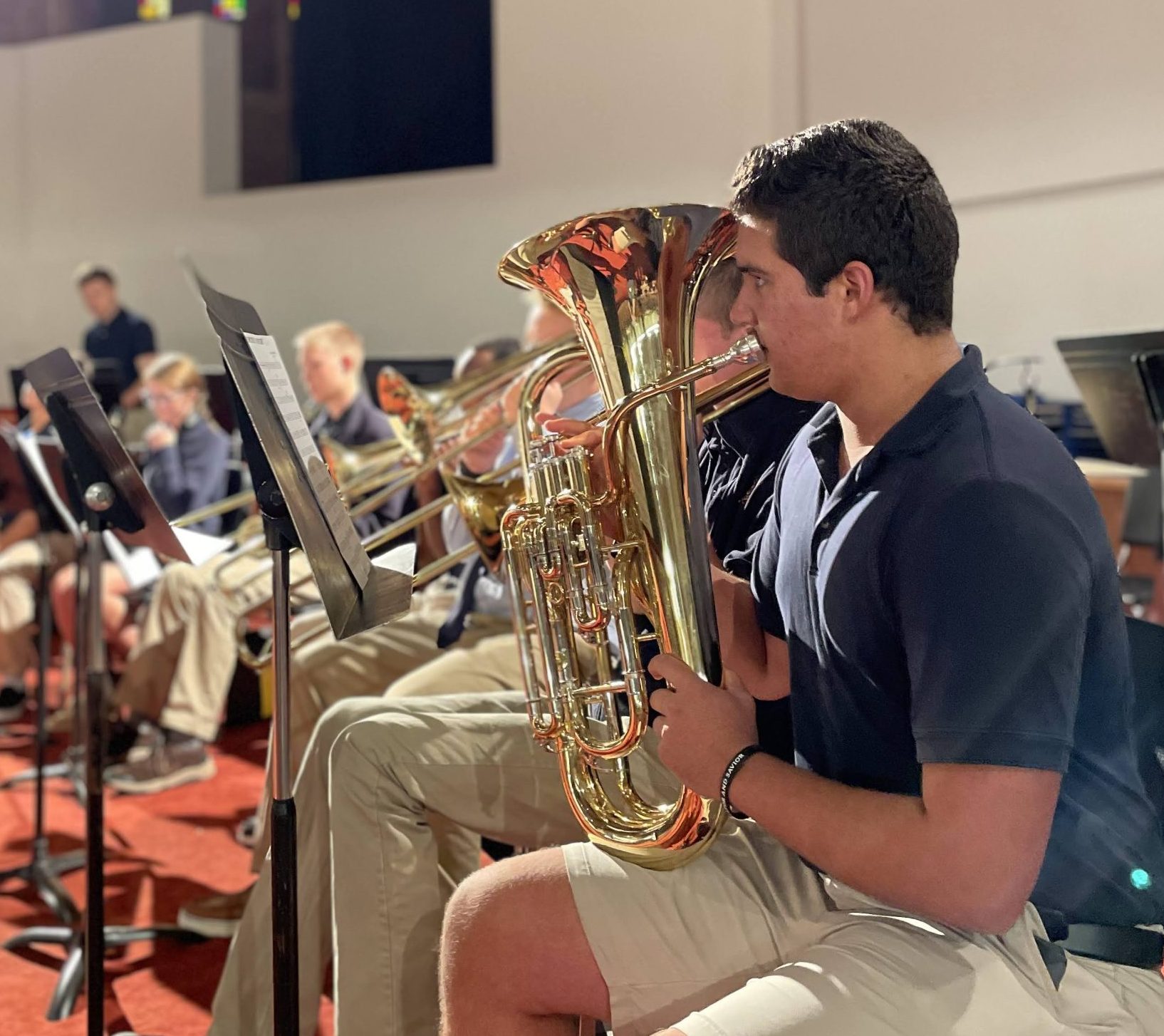
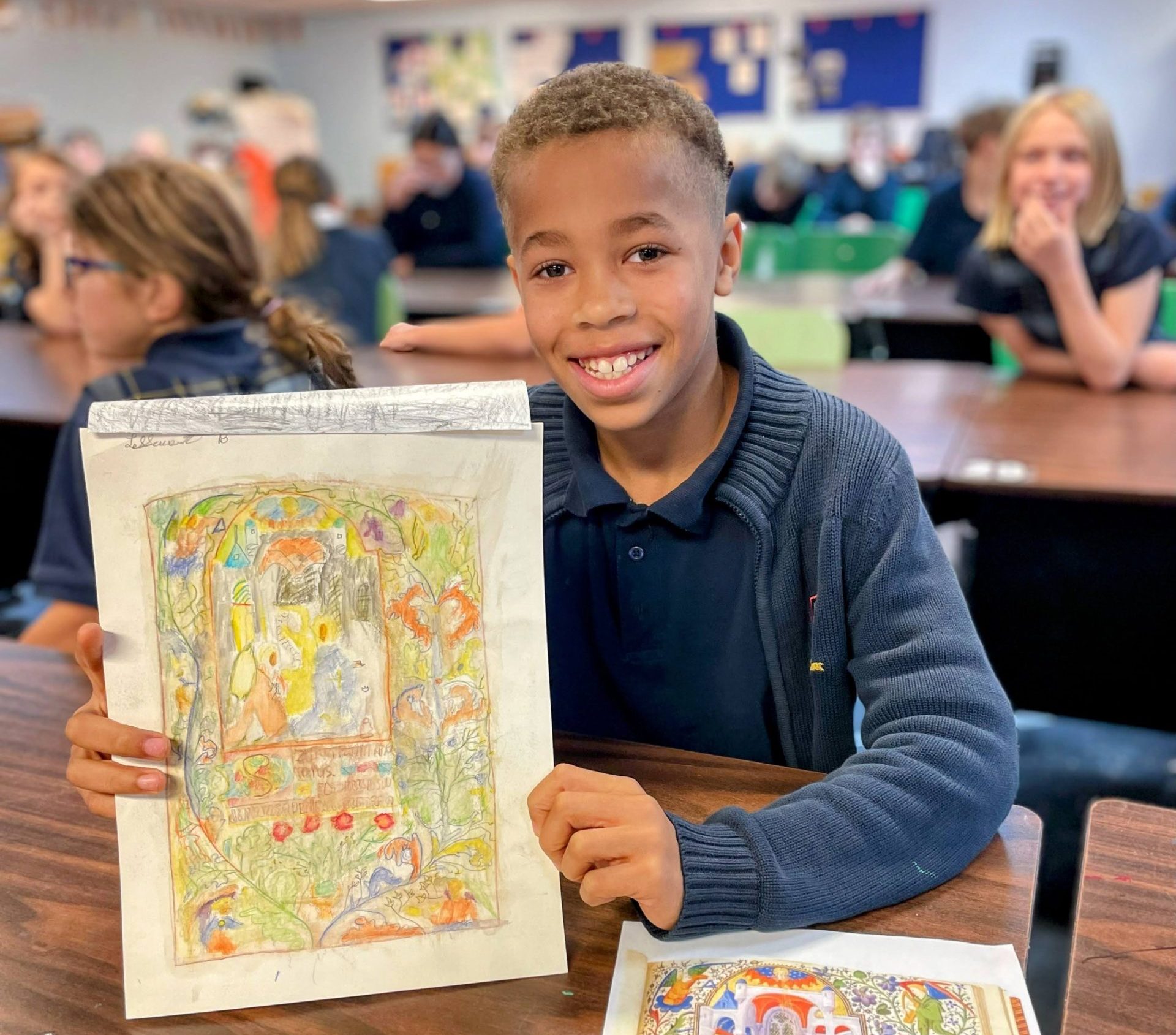
Art
K-8 students attend art classes every other day to delve deeply into the exploration of art history, elements of art, and the use of scale.
Students of art learn to appreciate the artist, the period in which they lived and form an understanding of the artistic technique prevalent a given era. Students apply various elements of artistic expression under the guidance of experienced and knowledgeable art teachers.
High school students can elect to continue their art education and explore more advanced art techniques.
Physical Education
Students take P.E. everyday. As the Romans would say, mens sana in corpore sano. “A sound mind in a sound body.” A complete education also educates the body.

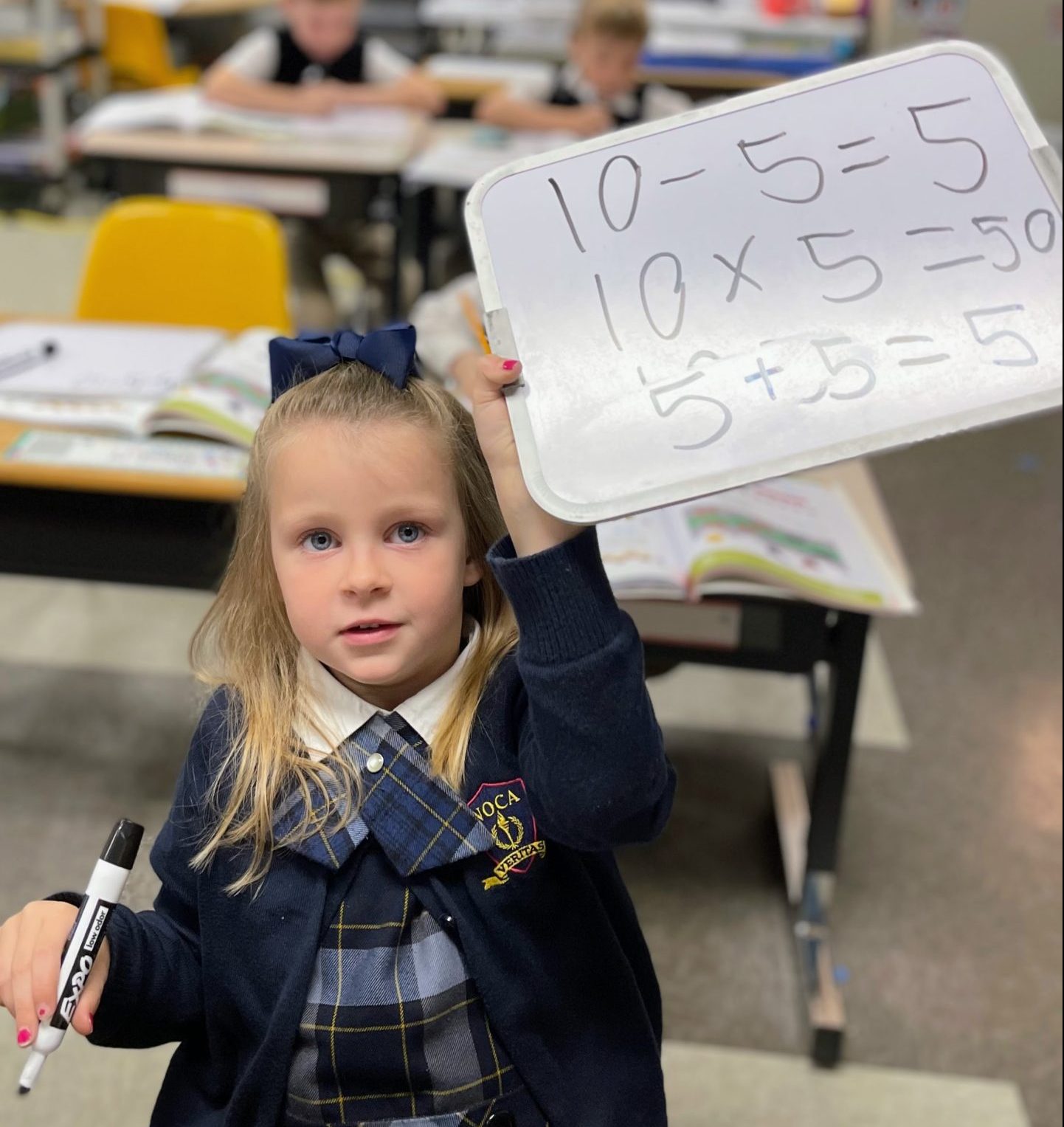
Singapore Math
From Kindergarten to 5th Grade, students learn math using the Singapore-based Dimensions series.
The Singapore method stresses a natural progression from the concrete to the pictorial to the abstract. Before a child understands the symbol “6,” they should see a picture of six dots. Before that, they should handle six plastic cubes. Students also learn numeracy through the habitual use of “number bonds” and bar-modeling.
Students can begin Algebra in 8th Grade, and may advance all the way to Calculus in high school.
History and Science
From Kindergarten to 6th Grade, students learn history and science using the Core Knowledge series, which stresses the importance of knowing essential facts and ideas about the past and the natural world.
Since knowledge of history is an essential part of good citizenship, students study American history in 7th, 8th, and 11th Grade using the Land of Hope series.
In high school, students study history chronologically, starting with Ancient History in 9th Grade, Medieval and Early Modern Europe in 10th, American in 11th, culminating with Modern History in 12th Grade.
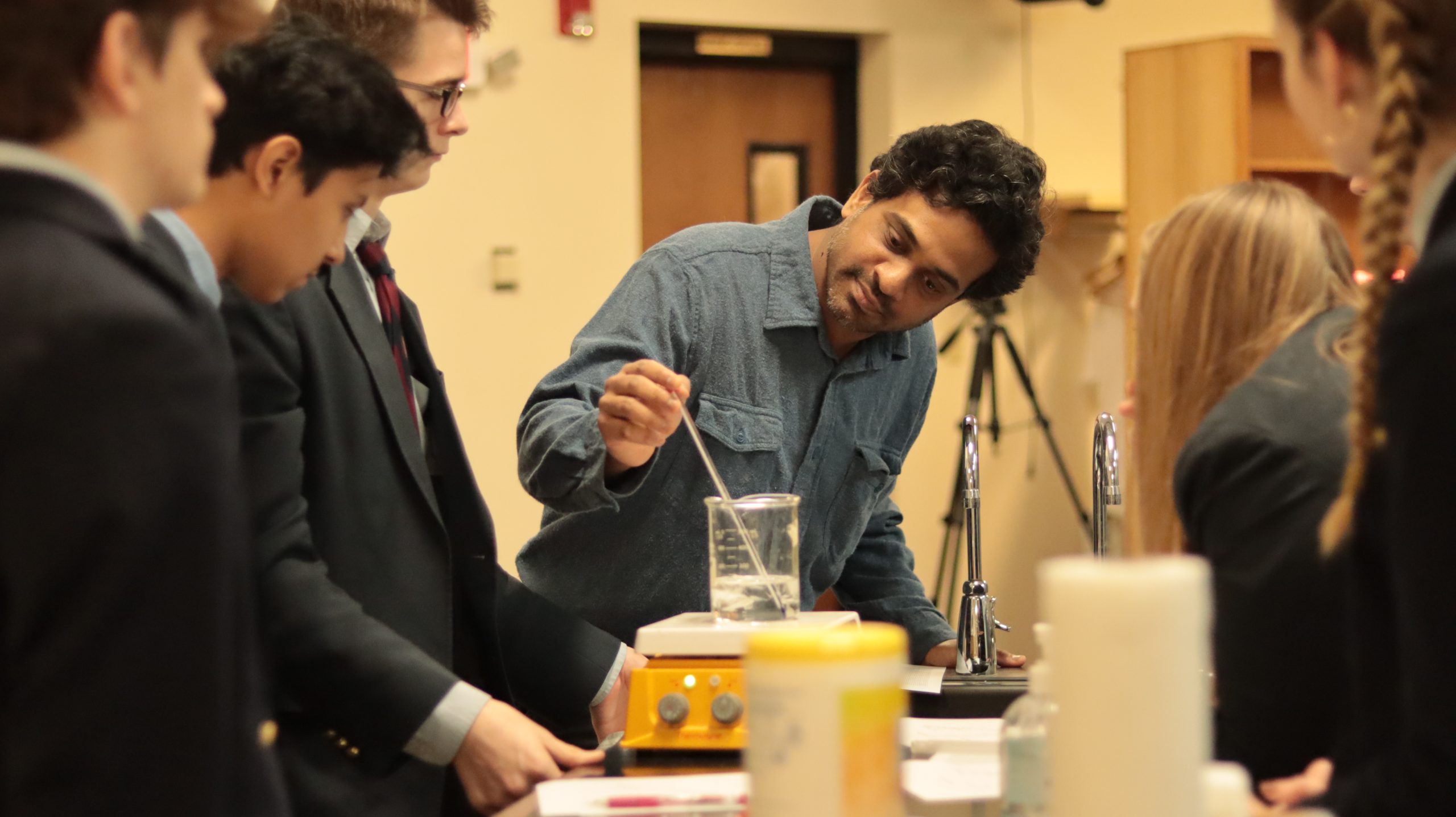
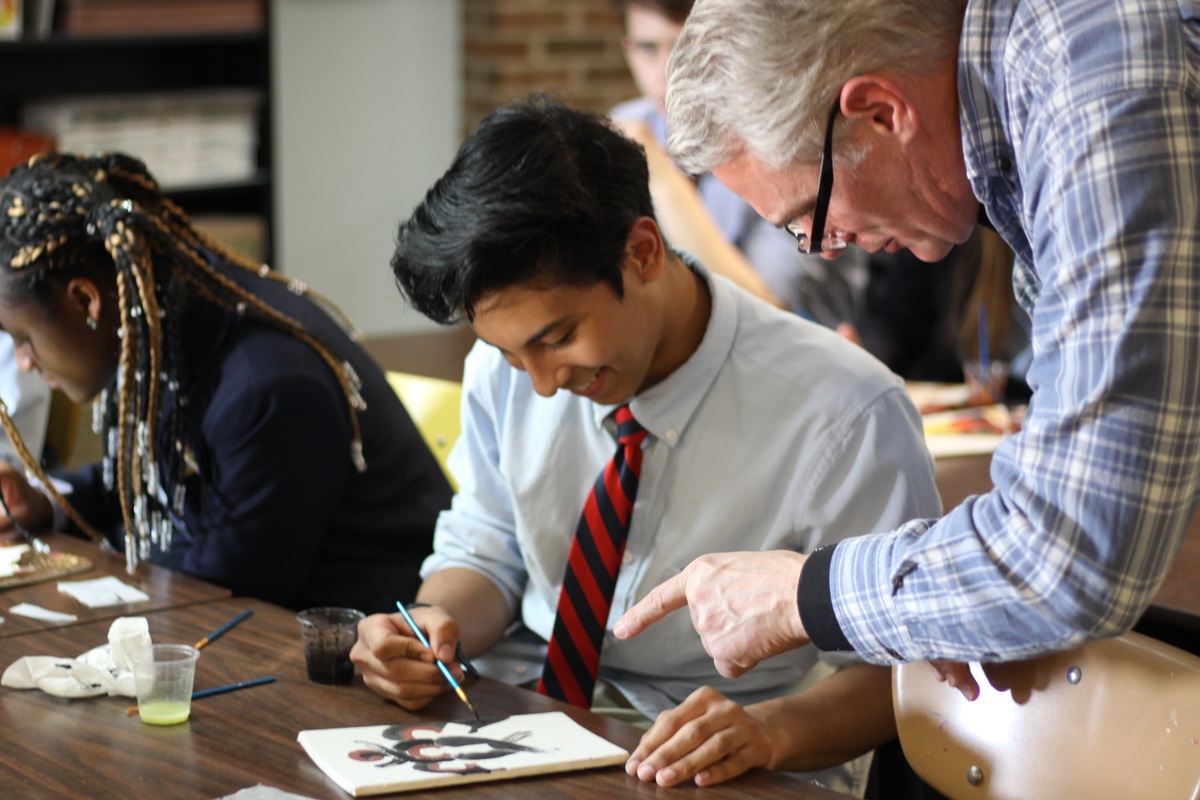
Hillsdale College Curriculum School
Northwest Ohio Classical Academy is a Hillsdale College Curriculum School. a distinction that offers our school access to a tried and true K-12 Curriculum from the Hillsdale College K-12 Education Office.
Hillsdale College was founded to provide the kind of sound learning necessary to preserve the blessings of liberty. For over 175 years, it has offered an outstanding liberal arts education for undergraduate students. Restoring excellence to American K-12 education is a natural extension of
the College’s mission, and Hillsdale has been helping K-12 schools for over three decades. Hillsdale teaches K-12 schools to provide an education that is both classical and American in its orientation; one that is rooted in the liberal arts and sciences, offers a firm grounding in civic virtue, and cultivates moral character.
Hillsdale’s curriculum, contained in the Hillsdale College K-12 Program Guide, is available to NOCA at no cost; it is made possible by the generous support of friends of Hillsdale College.
For more information about Hillsdale College support for schools like Northwest Ohio Classical Academy, visit k12.hillsdale.edu.
